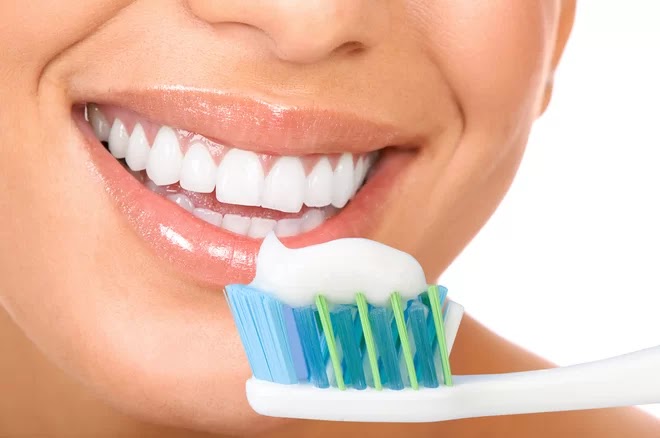We all know that toothbrush is manual or electric- is the
most important element of our dental hygiene daily.
We all know that toothbrush is manual or electric- is the
most important element of our dental hygiene daily.
Undoubtedly, its use brings many benefits, since it helps
us to eliminate the remains of food and drinks that we ingest. In this way, it
favors that we have a clean and healthy mouth that prevents the development of
germs and bacteria.
However, did you know that it is possible that the
bacteria from which we fled are present in the toothbrush that you subsequently
pass through your teeth, gums and tongue?
This is true and it may sound unpleasant but, fortunately,
it has a solution.
And, the way to have a healthy mouth not only goes through
brushing your teeth three times a day, but by having proper hygiene habits that go beyond mere
brushing.
Why are there bacteria in my toothbrush?
In the first place, the bacteria reach our brush simply
because, during brushing, it comes in contact with the microorganisms present
inside the mouth.
In this way, some of them accumulate between the filaments
of the toothbrush. If they are not removed properly, they give rise to more
germs and bacteria each time.
Second, we must keep in mind that most people keep our
toothbrush in the bathroom . Although this is not an aspect in which many
people repair, the truth is that this area of our house is very vulnerable to
the proliferation of bacteria.
This is not only because the bathroom is the place
occupied by the toilet. Also keep in mind that this stay is subject to changes
in temperature and high humidity.
If we also take into account the most common way to store
our toothbrush - in a glass in contact with other brushes - we have the perfect
cocktail for the microorganisms to spread.
For all this, we can say that the place and the way in
which the brush is kept depends, to a great extent, the amount of germs and
bacteria in its bristles.
How do I store my toothbrush?
Having said that, let's tell you what you can do to reduce
as much as possible the presence of harmful microorganisms in your toothbrush.
Wash your hands before brushing your teeth
Clean well with warm water and soap before handling the
brush to avoid transporting any microbe.
Rinse the brush after using it
In this way, you will remove the remains of toothpaste and
food that may have been embedded in the filaments after teeth cleaning.
Save the brush vertically (with the bristles up) and let it dry
Do not put the cap until it is dry, since the humid and
closed environment stimulates the growth of bacteria.
Separate your brush from the rest of brushes
The filaments of different brushes should not contact as
they can become contaminated.
Wash the container where you have your brush
Do not wait for a viscous film to be created at the bottom
of the glass where you put it. It gives quite 'basquete', right? Then solve it
by rinsing the container with soap from time to time or, why not, if you have a
hole in the dishwasher, give it a good antibacterial wiggle.
Related Links: Dubai
Dentist
Move it away from the toilet
As far as possible, make sure that your brush is not too
close to the toilet (the place with more germs in any house) or the shower
(where there is a very humid environment that which the bacteria like so much
to accommodate and multiply.
Never share your toothbrush with anyone
It seems obvious that this should not be done. However,
many people - especially couples - do it.
Change your brush every three months
This is the maximum period that a brush should last to
keep it in good condition. However, if the sows start to open, change it
sooner.
As you see, these tips are very simple to carry out. They hardly entail
effort and help us to prevent the multiplication of bacteria causes the
appearance of different oral diseases such as decay or periodontal problems (gingivitis and periodontitis).







